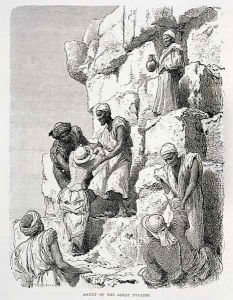Rudolf Carl Huber Paintings
Rudolf Carl Huber was an Austrian painter, born in 1668 in Vienna, a city that was then part of the Holy Roman Empire. He emerged as a significant figure in the Baroque art movement, which was known for its exuberance, grandeur, and detail in exploring themes of drama, emotion, and light. Huber's contributions to this movement were primarily in the realm of portraiture and historical painting, where he demonstrated a keen ability to capture not just the physical likeness of his subjects but also their inner life and character.
Huber was born into a family deeply entrenched in the arts. His father, Wolfgang Huber, was also a painter, which provided Rudolf with an environment steeped in artistic endeavors from a young age. This early exposure to art and the processes behind it were pivotal in shaping his future path. He received his initial training from his father before embarking on a journey across Europe, which was customary for artists of his time. These travels allowed him to study under various masters, absorbing different techniques and influences that he would later incorporate into his own work.
Upon returning to Vienna, Huber quickly established himself as a court painter, a prestigious position that allowed him to receive commissions from the aristocracy and other high-ranking officials. His portraits were particularly sought after for their elegance and the way they conveyed the stature and personality of the sitter. Alongside portraiture, Huber was also commissioned to create historical and mythological scenes, which were popular among the elite for their decorative value and for promoting certain moral or political narratives.
Throughout his career, Huber was known for his meticulous attention to detail, a hallmark of the Baroque style. He had a masterful understanding of light and shadow, which he used to great effect to add depth and realism to his works. His color palette was rich and vibrant, capturing the opulence of the period. Despite the detailed nature of his work, there was also a sense of movement and energy that reflected the dynamism of the Baroque spirit.
Rudolf Carl Huber's influence extended beyond his immediate circle through his teachings and the apprentices who studied under him, spreading his techniques and approach to painting. He remained active in the Vienna art scene until his death in 1748. Today, his works are preserved in various museums and collections, where they continue to be studied and admired for their beauty and historical value. Huber's legacy is that of a pivotal figure in Austrian Baroque painting, whose artworks offer a window into the cultural and social milieu of his time.

